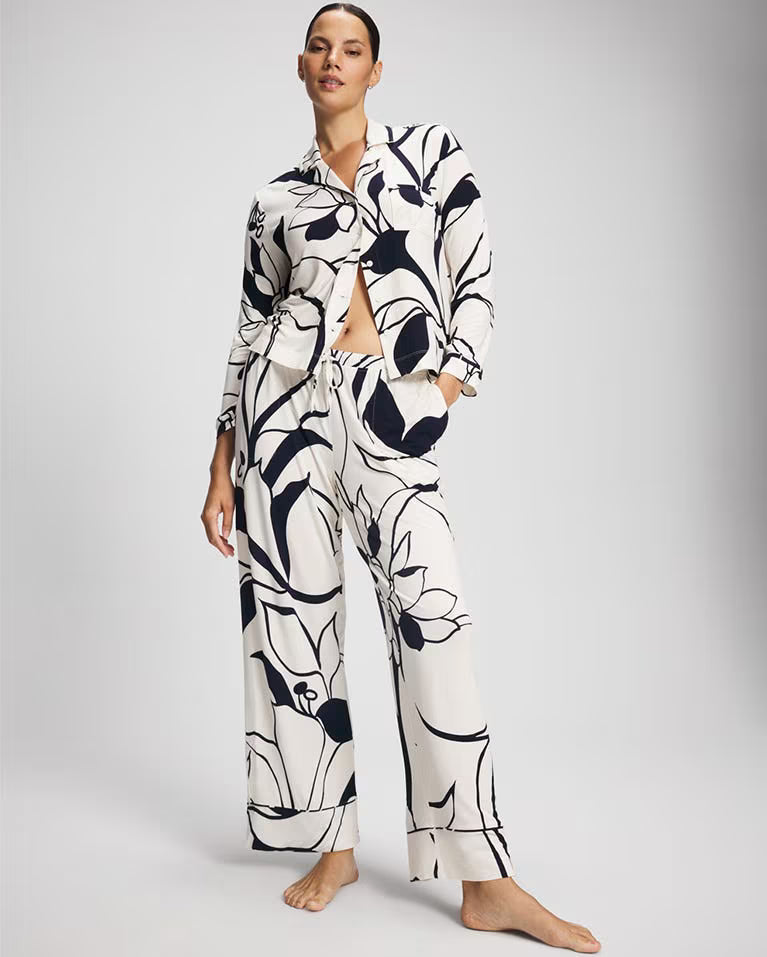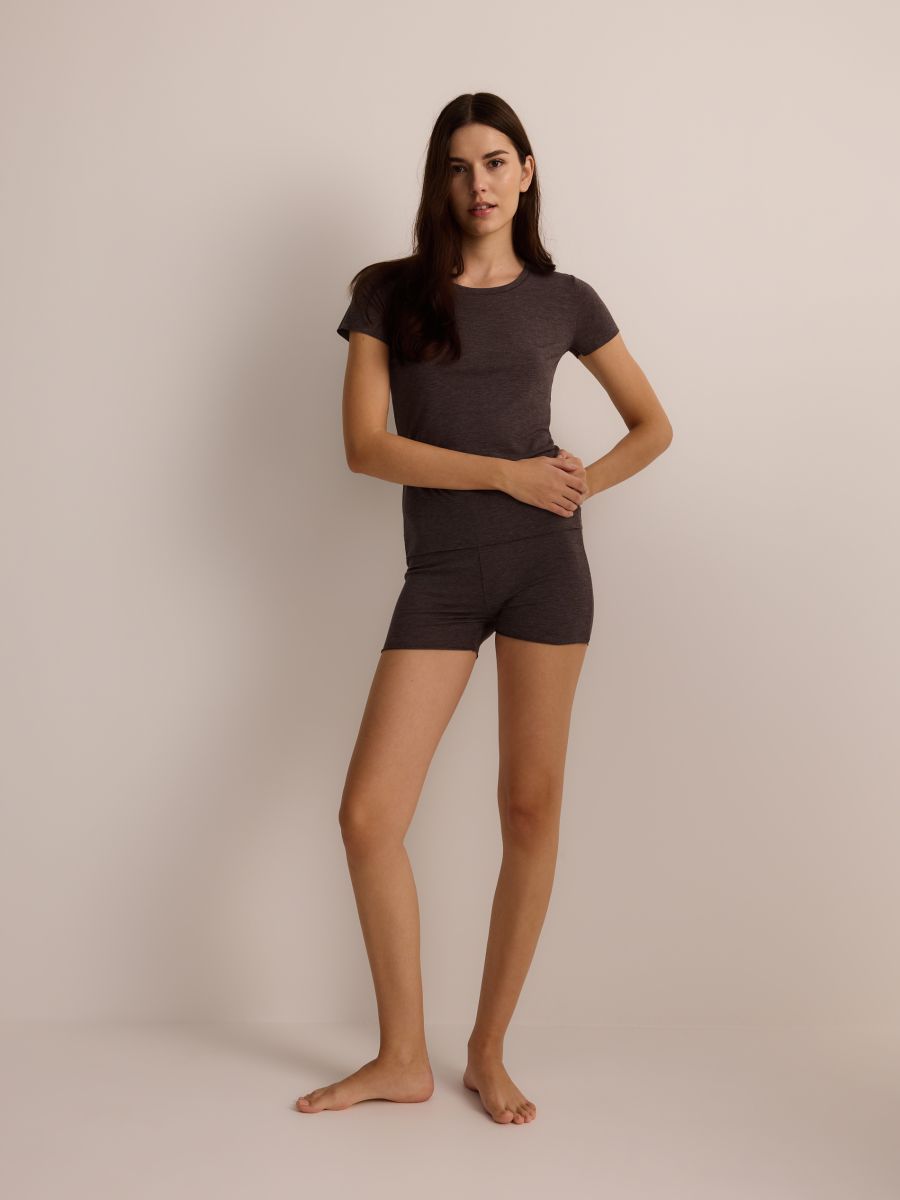Softest Material on Earth: Worlds Softest Substance

The Softest Material on Earth: Nature’s and Science’s Most Gentle Substances
Softness is something we can feel instantly, the silky touch of a fabric, the velvety surface of petals, or the smoothness of skin. But when it comes to science and materials, have you ever wondered what is the softest material in the world? From luxurious natural fibers to engineered nano materials, the quest to discover the softest material on earth is both fascinating and surprising.
What Is the Softest Material on Earth?
When most people think of softness, they imagine things like cashmere, silk, or fluffy cotton. While those are incredibly soft to the touch, scientists define “soft” by how easily a material can be deformed under pressure. So, the softest substance on earth can vary depending on whether we’re talking about fabrics, natural materials, or engineered matter.
In scientific terms, the softest material in the world is often considered aerogel, especially the graphene aerogel, a material so lightweight it’s nearly intangible. It’s made of carbon atoms arranged in an ultra-porous structure, making it soft, spongy, and almost lighter than air.
Naturally Soft Materials in Everyday Life
If we look beyond the lab, nature also offers incredibly soft materials that humans have cherished for centuries. Here are some of the softest materials on earth found in our daily lives:
-
Cashmere – Harvested from the fine undercoat of cashmere goats, this fiber is one of the softest materials in the world used in fashion. Its delicate fibers feel buttery-smooth against the skin and provide luxurious warmth without bulk.
-
Silk – Known for its smooth, fluid texture, silk is a natural protein fiber produced by silkworms. Its glossy softness makes it one of the most elegant materials ever discovered.
-
Bamboo Fabric – Modern bamboo-based textiles are not only eco-friendly but also among the softest substances on earth used in bedding and clothing. They’re silky, breathable, and moisture-wicking.
-
Modal and Tencel™ – These plant-based fibers are refined forms of rayon that have a velvety, ultra-soft touch. They’re commonly used in loungewear and are praised for feeling softer than cotton.
-
Cotton (Pima and Egyptian) – Long-staple cotton varieties such as Egyptian and Pima are incredibly soft and smooth, prized for high-end sheets and apparel.
The Science Behind Softness
So, what is the softest substance according to scientists? The answer often depends on molecular structure and density. Materials with open, flexible structures, like aerogels, allow for greater compressibility, which makes them feel incredibly soft and pliable.
For example, graphene aerogel, one of the softest materials on earth, weighs just 0.16 mg per cubic centimeter, lighter than air! Despite its delicate feel, it can also withstand pressure and return to its original shape, showcasing both softness and strength.
What Makes a Material Feel Soft?
Softness isn’t only a physical property, it’s also a sensory experience. A material feels soft when its surface fibers are fine, smooth, and flexible enough to move with your skin rather than against it.
Here are a few qualities that define soft materials:
-
Fine fibers that reduce friction.
-
Smooth texture without rough edges or stiffness.
-
Flexibility that allows the material to drape or compress easily.
-
Warmth and breathability, which enhance the sensory perception of softness.
The Softest Substances on Earth, From Lab to Lifestyle
In both science and design, the pursuit of softness is ongoing. Engineers develop materials like aerogels and hydrogels, while fashion innovators refine organic cotton and micro-modal to make clothing that feels softer than ever before.
From the softest fabric to the softest substance on earth, the goal remains the same: to create comfort that feels almost weightless.
Final Thoughts
Whether you’re fascinated by the softest material in the world in a laboratory or you’re simply searching for the softest fabrics for your wardrobe, softness defines the essence of comfort. From cashmere to graphene aerogel, the world’s softest materials remind us how both nature and science can create sensations that are gentle, soothing, and luxurious beyond compare.


